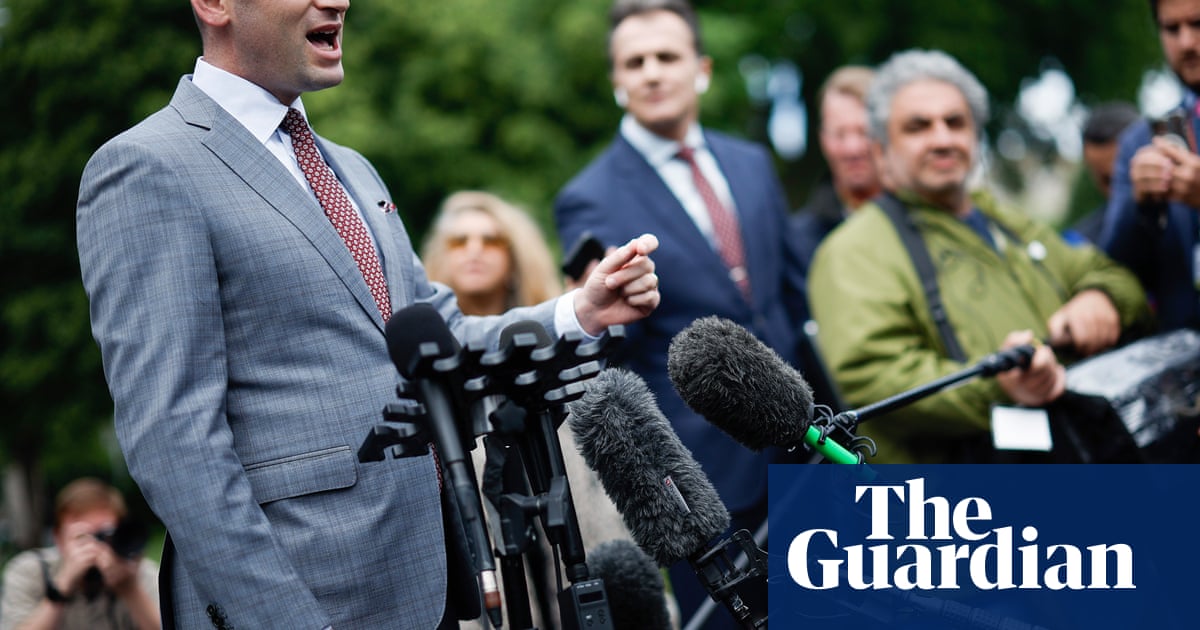
Google officially announced AI Max, a new suite of automation features for Search campaigns – and the PPC community is buzzing.
While Google positions AI Max as an optional, performance-enhancing setting, many advertisers are parsing the announcement carefully, trying to separate the substance from the spin.
From excitement about creative automation to concerns about keywordless targeting, reactions span the spectrum.
What is AI Max? Google says: not a revolution, but an evolution
First things first: what is AI Max?
According to Jyll Saskin Gales, a former Googler who spoke directly with the product team:
- “AI Max for Search campaigns is a bundle of 3 features: expanded query matching, final URL expansion, and text asset customization — with a few cool new ‘sprinkles’ like increased transparency and ad group-level location intent settings.”
She warns that many are already misinterpreting the update:
- “AI Max is not a campaign type. It’s not a new match type. It’s not even entirely new — it’s a repackaging of features that already exist, plus some enhancements.”
Clarifying the confusion
Chris Ridley, Head of Paid Media at Evoluted, highlighted the core features being added with AI Max:
- “An optional toggle to enable keywordless targeting, ad-group level location targeting, brand inclusion/exclusion, and dynamic text customization (formerly known as automatically created assets).”
But he also urged caution:
- “Check your campaign settings very closely to ensure AI Max isn’t switched on without your knowledge.”
In response to targeting concerns, Ginny Marvin, Google Ads Liaison, offered clarification:
- “AI Max is opt-in. You can disable text customization and final URL expansion at the campaign level, and you can opt out of expanded search term matching at the ad group level.”
Marvin answered even more concerns on her LinkedIn post.
Control, transparency & creative authority: Advertiser concerns
A major sticking point for many is creative and targeting control.
Georgi Zayakov, Senior Digital Marketing Consultant, didn’t hold back:
- “Rather a nay, especially when it comes to giving up asset control over Google. I’m sceptical how the keywordless part will work.”
Adrienne Shaver, who manages PPC for regulated verticals like healthcare and education, voiced similar caution:
- “The automation and reach potential are genuinely exciting, but brand safety and control limitations give me pause.”
- “Balancing AI-driven targeting with essential brand protections and compliance requirements will be key for adoption in these industries.”
Strategic value? Depends on the account
For some, AI Max presents an opportunity — but only for the right campaigns.
Menachem Ani, founder of JXT Group, part of the limited beta, saw strategic potential:
- “It won’t change the targeting of keyword matches, but it will layer on keywordless expansion — similar to audience expansion. That’s pretty cool.”
- “This likely won’t make it a good fit for highly regulated industries… But where we’re already at capacity on well-performing campaigns, it could unlock new profitable traffic.”
Navah Hopkins, Brand Evangelist at Optmyzr echoed that sentiment, particularly for ecommerce:
- “If you’re in ecommerce, get ready to test this… If you’re in lead gen, you need to seriously consider whether you can handle the volume AI Max could drive.”
She was particularly pleased that:
- “DSA isn’t going away — my favorite research tool remains in play!”
Keyword anxiety and brand confusion
For those who prefer precision, AI Max’s keywordless nature sets off alarm bells.
Greg Finn of Cypress North offered one of the sharpest critiques:
- “No, keywords aren’t dead, but we all know they will be. We’re all in our keywordless era now, whether we like it or not.”
On naming, he didn’t hold back:
- “The name AI Max just doesn’t make sense. When you already have Performance Max, adding AI Max just confuses clients and teams. Max vs. Mode? This is a Shopify/Spotify situation waiting to happen.”
He proposed alternatives like “AIQ” or “IntentMatch AI,” concluding:
- “I get it, Google, you like the term Max — but help us out here.”
Where this leaves us: proceed with curiosity and caution
Advertisers agree on one thing: AI Max must be tested carefully before making sweeping changes.
There’s optimism about automation and creative scaling, but plenty of guarded skepticism around loss of control, suitability for regulated industries, and clarity of implementation.
As Gales wisely summarized:
- “Google is bringing advertisers more control and transparency with AI Max — not less. But virtually no one knows how this performs yet since the beta is just opening, so we’re all going to figure this out together.”
What’s next?
AI Max reflects Google’s continued push toward automation and AI integration – a direction that excites some and unnerves others. With real-world performance data still scarce, advertisers are left with one clear strategy: test cautiously, monitor closely, and advocate loudly for clarity and control.



















